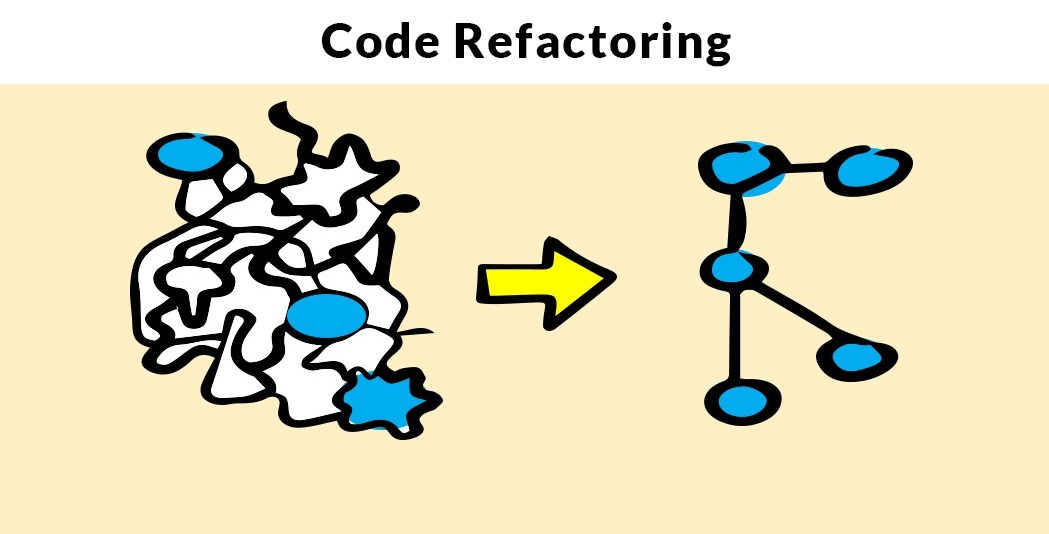
What’s total cost of ownership?
The total cost of ownership (TCO) of the software refers to the sum total of all costs and expenses. It is not just the acquisition, implementing, managing, and maintaining the software solution during its lifecycle. Software will need renewal of licenses or updating to comply with new regulations; data security upgrades etc. It should also include costs incurred for training employees to use the software, onboarding clients onto the system, support and cost of development team salaries if you have developed the product in-house.

Hidden costs that increase total cost of ownership
1. Cost of Technical Debt

Much of the QA is focused on how the software behaves and identifying bugs or flaws. This is just the external quality of the software, comparable to buying a car based on how it looks (UI/UX) or how fast it runs and what is its mileage. The build quality, on the other hand, is based on the internal quality ie. the quality of the code.
Speed to market, while it may place constraints on product quality, software solution at launch often do meet all internal and external quality requirements. However, business owners might not invest in implementing periodic software updates. Aren’t we all guilty of ignoring Microsoft AutoUpdate notifications? However, in a business environment, delaying software upgradation has long-term ramification. When systems are well behind the newest version then they will not be able to integrate with newer third-part software.
Sometimes, current software solutions are so out of date that it makes financial sense to migrate to a new solution. Before you do that, it is important to calculate the technical debt ratio.
2. Cost of Code Refactoring

Identifying the technical debt and the effort to remove it is refactoring. Code refactoring is an integral part of the software development process and its purpose is to make the code more efficient and maintainable. Code refactoring is the antidote for the dreaded code rot.
Code rot is the software equivalent of dry rot in buildings and is caused by duplicate code, myriad patches, bad classifications, and other programming discrepancies.
The best time to refactor code is before adding updates or new features. When the existing code has been cleaned up, it makes it easier for developers to build on the original code.
Keep in mind that refactoring has a cost involved. There should be a target for refactoring and it often is how it will support the future product roadmap and would it help in faster implementation times. Refactoring should not ever adversely affect the performance of an application and is only a clean-up effort.
There are times however that refactoring will not improve performance and it would be more efficient to simply start with a new technology from scratch. Recognizing this stage is when you recognize that legacy application migration is the point reached.
3. Cloud hosting costs
Another sub-component of maintenance costs would be whether your software relies on internal or external servers, cloud based or otherwise.
By 2021, it was estimated that 94% of the internet workload will be on the cloud. Its 2021 and applications are increasingly being moved out of on-premise data centers to the cloud, in order to reduce costs and increase agility. Microsoft Azure, AWS (Amazon Web Series) and GCP (Google Cloud Platform) are the top cloud hosting service providers.
When businesses switch to the cloud, they expect their cloud bill to be much lower than what they spent on their on-premise infrastructure. However, the pay for what you use, more commonly known as the on-demand model of cloud hosting means that costs can quickly spiral. The good news is that cloud services are metered and you pay per GB of data stored. However, the bad news is that data volume is an exponential growth. Does your IT department have the capacity to implement data classification and then ask relevant departments what data should be retained?
Further every cloud hosting provider has a different method for calculating charges. For instance, Amazon AWS has a cost per GB every time servers in different domains talk to each other. There is again a meter ticking when data is sent over the internet. If 10 people are downloading your 50MB video, the cost is negligible but what if 10,000 people were to download the same video?
Storage and back-up costs also vary. Microsoft Azure has 5 storage options to choose from and there are different variables in each option. So, if your company sees storage and back-up costs escalating then your IT department needs to act to prevent it.
Only the tip of the iceberg has been touched upon here. Suffice to say that remaining in control of your cloud service costs, requires your team or tech partner help your company to choose the best cloud hosting solution for your requirement. And then to keep a constant check on the different variables to optimize your cloud cost and lower the TCO.
4. Employee Attrition costs
Another hidden cost rarely factored into TCO is when a developer leaves your team. Onboarding a new resource and the accompanying knowledge transfer Is a steep cost addition to the TCO. Code bases carrying the baggage of technical debt, drive the cost higher as new developers will find it harder to grapple and come to terms with the code. And since the market is hot for skilled software resources, good developers don’t remain in situation like this as it can be frustrating.
While building a custom software solution can take a period from 6 -18 months, software maintenance and modification is a recurrent activity over the life of the software, that can be anywhere from 10 to 20 years.
Planning ahead for the kind of support costs you’ll encounter when you develop custom software doesn’t just make financial sense. It will also yield the best outcomes as technological improvement is vital to survive and stay competitive. Not to mention that getting the holistic TCO picture can guide you to make a smart purchase decision in the first place.
If you are considering new technologies and the benefit, they bring your business, but not sure what the total TCO would be then it’s time to contact us. iTech India has been at the forefront of developing custom software solutions for more than 17 years.






